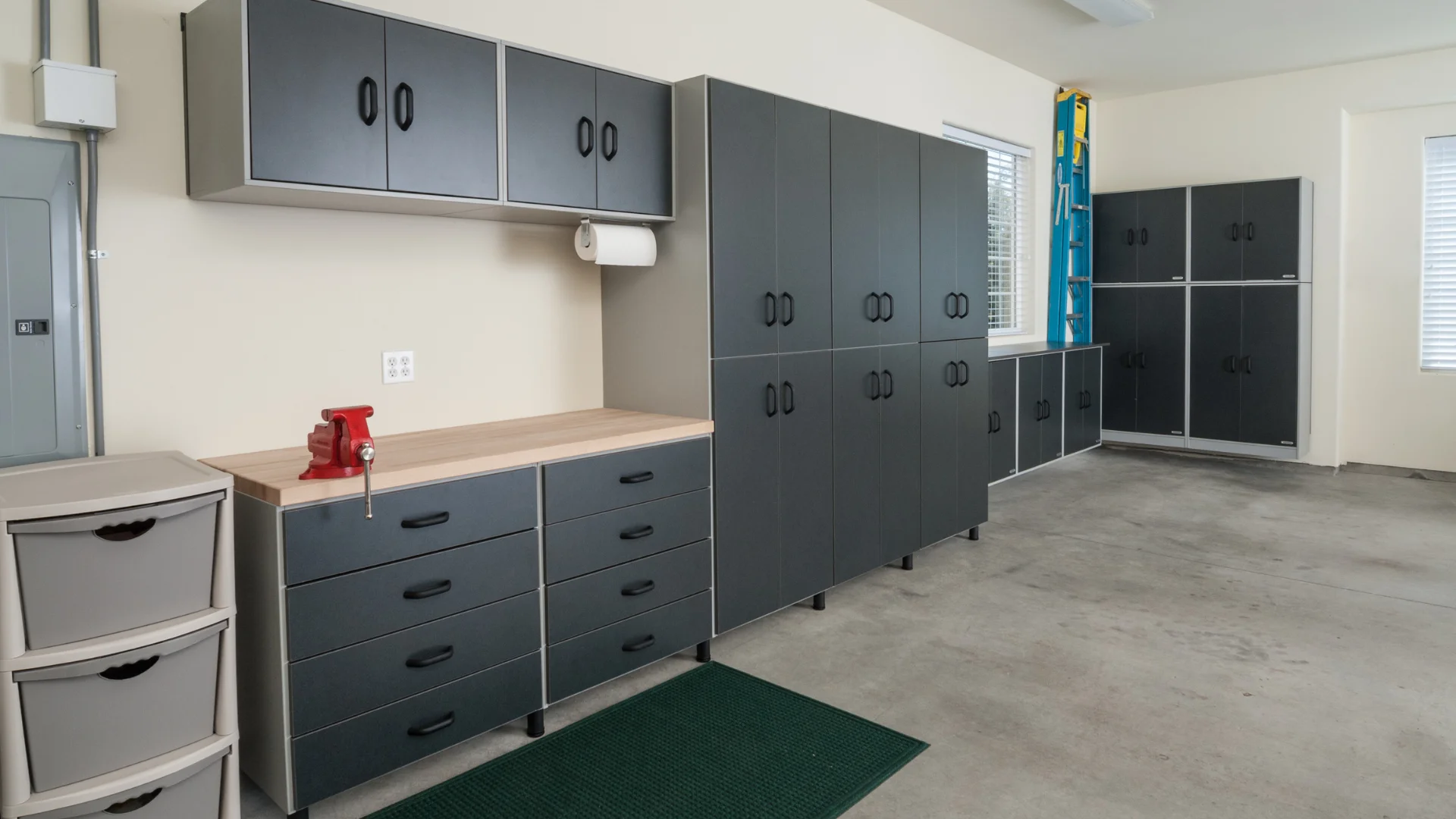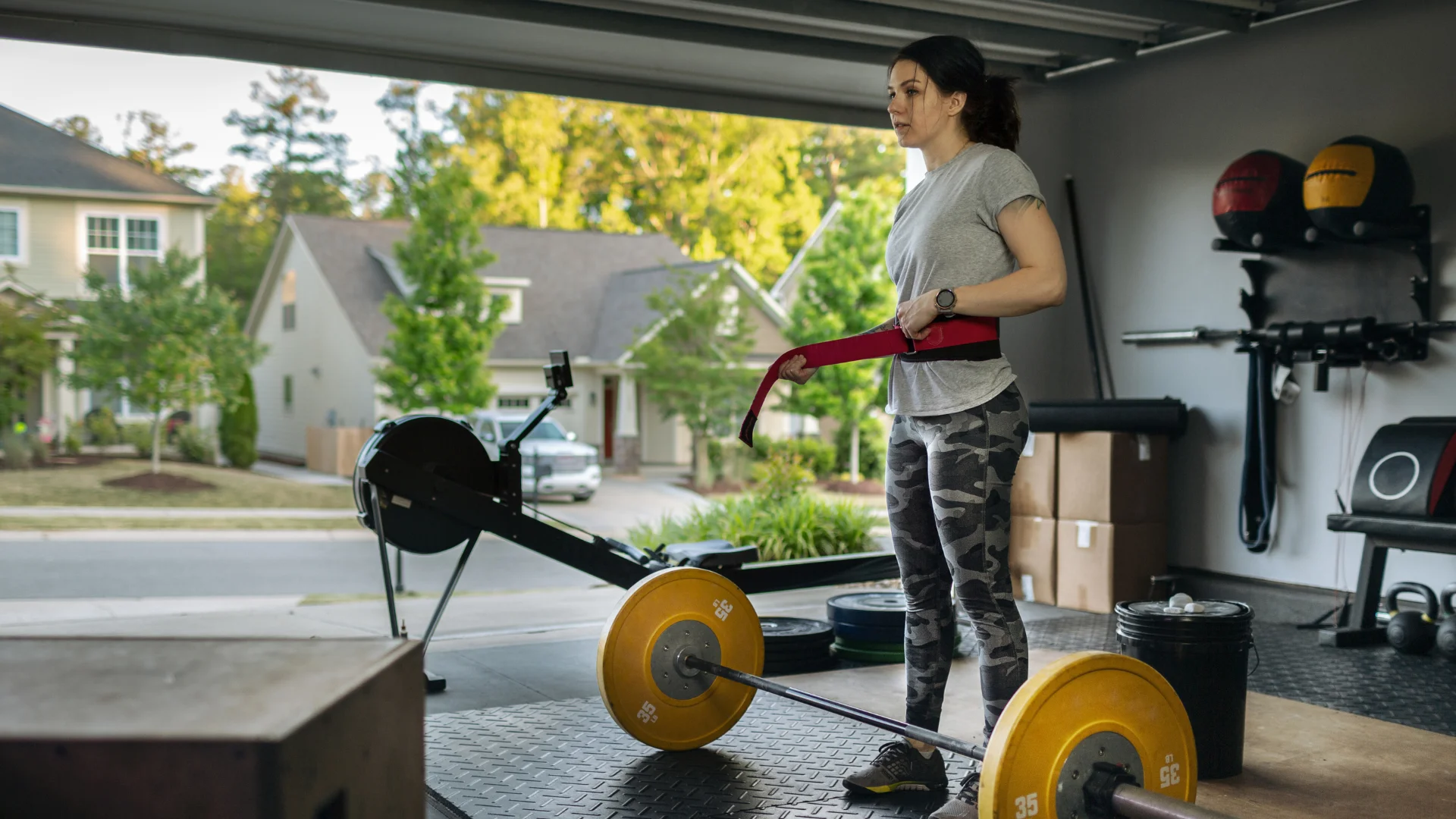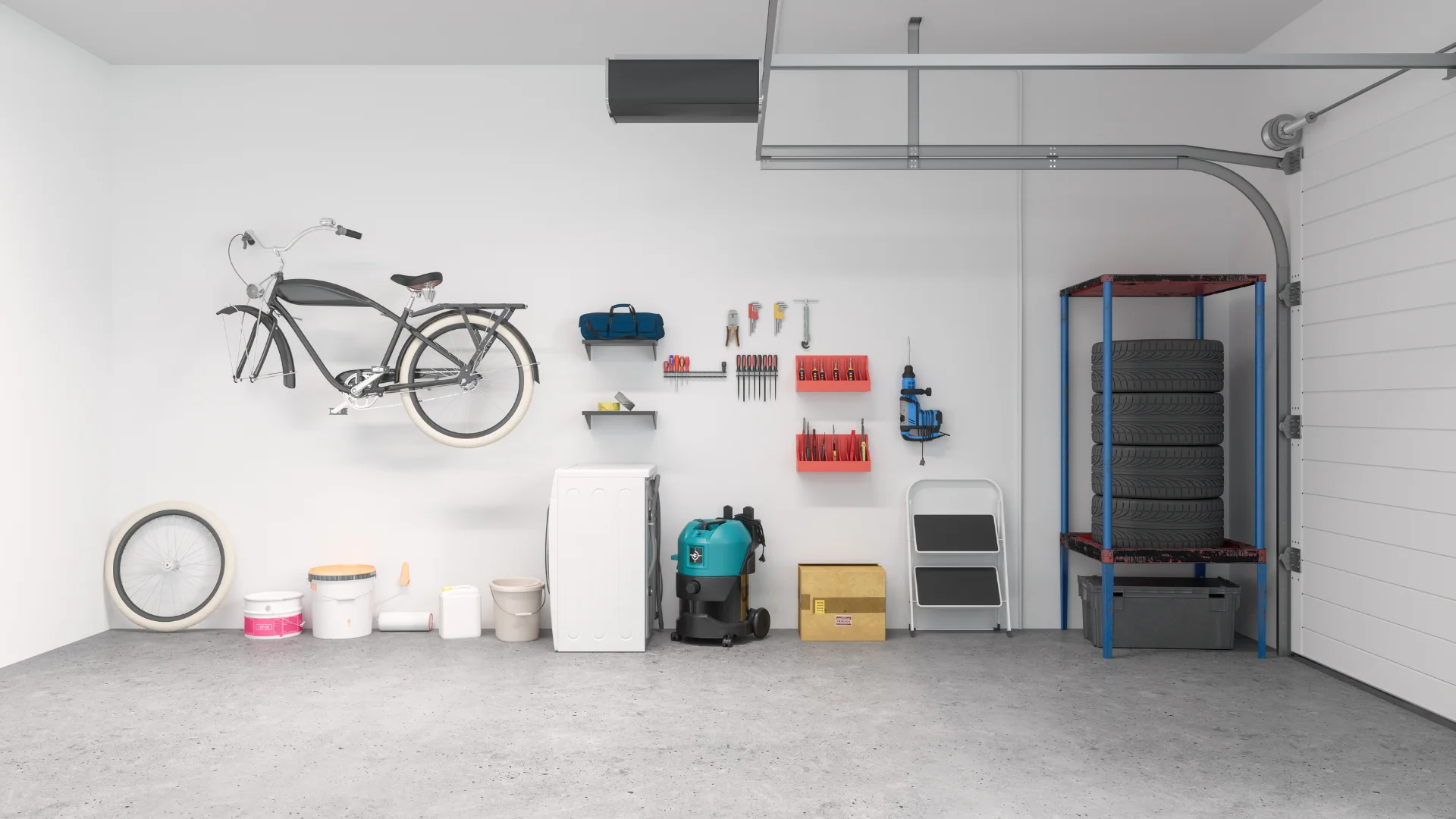Engaging in DIY projects and home improvements in your garage can be highly rewarding but also come with inherent risks. Ensuring safety during these projects is crucial to prevent accidents and injuries. This comprehensive guide provides essential safety tips, common hazards to watch out for, and practical advice to keep your DIY endeavors safe and successful.
The Importance of Safety in Garage DIY Projects
Understanding the Risks
Garage DIY projects can pose various risks, including:
- Physical Injuries: Cuts, bruises, and punctures from tools and materials.
- Musculoskeletal Injuries: Strains and sprains from lifting heavy materials or working in awkward positions.
- Exposure to Hazardous Substances: Dust, fumes, and chemicals from paints, solvents, and other materials.
- Electrical Hazards: Risks associated with using power tools and working with electrical systems.
- Fire Hazards: From improper storage or use of flammable materials.
Importance of Preparation
Proper preparation is crucial for minimizing risks. This includes planning the project, gathering necessary tools and materials, and understanding the steps involved.
Essential Safety Tips for Garage DIY Projects
Personal Protective Equipment (PPE)
- Safety Glasses
- Purpose: To protect eyes from dust, debris, and chemical splashes.
- Recommended Brands: 3M, DEWALT.
- Cost: $10 – $20.
- Hearing Protection
- Purpose: To protect ears from loud noises produced by power tools.
- Recommended Brands: 3M, Howard Leight.
- Cost: $15 – $30.
- Dust Mask or Respirator
- Purpose: To prevent inhalation of dust and fumes.
- Recommended Brands: 3M, Honeywell.
- Cost: $10 – $30.
- Gloves
- Purpose: To protect hands from cuts, splinters, and chemical exposure.
- Recommended Brands: Mechanix Wear, G&F Products.
- Cost: $10 – $20.
- Knee Pads
- Purpose: To provide comfort and protection when kneeling for extended periods.
- Recommended Brands: NoCry, McGuire-Nicholas.
- Cost: $10 – $30.
Tool Safety
- Read Manuals
- Always read the instruction manuals for your tools and understand their operation. This helps you use the tools correctly and safely.
- Check Tools Before Use
- Inspect tools before each use to ensure they are in good working condition. Look for frayed cords, loose parts, and other signs of wear that could cause accidents.
- Keep Work Area Clean
- A tidy workspace helps prevent accidents and injuries. Keep your work area free of clutter, tools, and materials that are not in use.
- Use the Right Tool for the Job
- Using the correct tool for the task not only makes the job easier but also reduces the risk of accidents. For example, using a screwdriver as a chisel can lead to injuries and damage to the tool.
Handling Materials Safely
- Lifting and Carrying
- Safety Tips:
- Use proper lifting techniques: bend at the knees, keep the back straight, and lift with your legs.
- Get help when lifting heavy or awkward materials.
- Use dollies or carts to move heavy items.
- Safety Tips:
- Cutting and Trimming
- Safety Tips:
- Secure materials before cutting to prevent movement.
- Use sharp blades to reduce the risk of slipping.
- Cut away from your body to avoid injuries.
- Safety Tips:
Chemical Safety
- Adhesives and Paints
- Safety Tips:
- Use in well-ventilated areas to avoid inhaling fumes.
- Follow the manufacturer’s instructions for safe handling and disposal.
- Store chemicals in their original containers with labels intact.
- Safety Tips:
- Cleaning Agents
- Safety Tips:
- Wear gloves and eye protection when using harsh chemicals.
- Never mix different cleaning agents, as this can produce toxic fumes.
- Safety Tips:
Fire Safety
- Store Flammable Materials Properly
- Keep flammable materials like paints, solvents, and adhesives away from heat sources and in approved containers.
- Use in Well-Ventilated Areas
- Ensure proper ventilation when using flammable or volatile substances to reduce the risk of fire.
- Have a Fire Extinguisher on Hand
- Keep a fire extinguisher nearby when working with flammable materials or tools that produce sparks.
Common Hazards and How to Avoid Them
- Dust and Debris
- Hazards: Respiratory issues, eye injuries.
- Prevention: Use dust masks, keep the work area clean, and use dust collection systems on power tools.
- Electrical Hazards
- Hazards: Shock, burns.
- Prevention: Use grounded outlets, inspect cords for damage, and avoid using tools with wet hands or in damp conditions.
- Slips, Trips, and Falls
- Hazards: Injuries from falling or tripping.
- Prevention: Keep the work area tidy, use non-slip mats, and ensure proper lighting.
- Chemical Exposure
- Hazards: Skin irritation, respiratory issues.
- Prevention: Use appropriate PPE, work in well-ventilated areas, and follow safety guidelines for handling and storage.
Case Studies: Common Safety Mistakes and How to Avoid Them
- Case Study 1: Inadequate PPE Usage
- Scenario: A DIYer suffered severe hand cuts while cutting wood without gloves.
- Solution: Always wear gloves to protect against sharp edges and potential injuries.
- Case Study 2: Improper Lifting Techniques
- Scenario: A homeowner injured their back while lifting heavy wood panels without assistance.
- Solution: Use proper lifting techniques and seek help when handling heavy materials.
- Case Study 3: Ignoring Ventilation Needs
- Scenario: A DIY enthusiast experienced dizziness from inhaling paint fumes in a poorly ventilated area.
- Solution: Ensure adequate ventilation when using chemicals and wear appropriate respiratory protection.
- Case Study 4: Electrical Hazards
- Scenario: A homeowner received an electric shock while using a power drill with a frayed cord.
- Solution: Regularly inspect tools for damage and replace damaged cords immediately.
Practical Tips for Safe Garage Projects
- Plan Ahead
- Outline each step of the project and gather all necessary tools and materials before starting. Planning helps identify potential hazards and how to mitigate them.
- Keep the Work Area Organized
- A clutter-free workspace reduces the risk of accidents. Store tools and materials neatly and clean up debris regularly.
- Take Breaks
- Avoid fatigue by taking regular breaks. Fatigue can lead to mistakes and accidents.
- Stay Informed
- Continuously educate yourself on safety practices and stay updated with the latest safety guidelines for DIY projects.
- Know When to Seek Professional Help
- Some tasks, especially those involving electrical systems or complex installations, may require professional expertise. Recognize your limitations and hire a professional when necessary.
Conclusion
Safety is paramount when undertaking garage DIY and home improvement projects. By understanding the risks, using the appropriate personal protective equipment, handling tools and materials correctly, and following best practices, you can ensure a safe and successful project. Remember, the key to successful DIY work is preparation, awareness, and adherence to safety guidelines.







